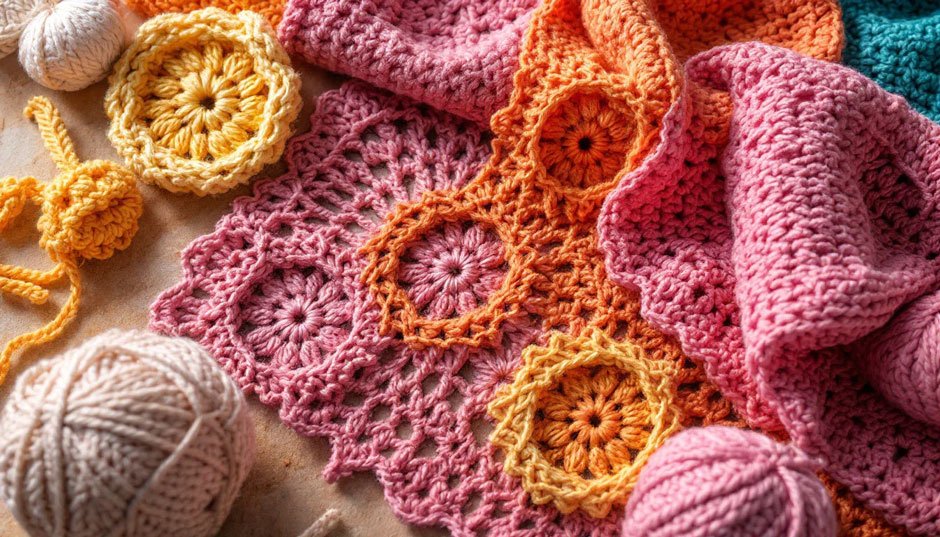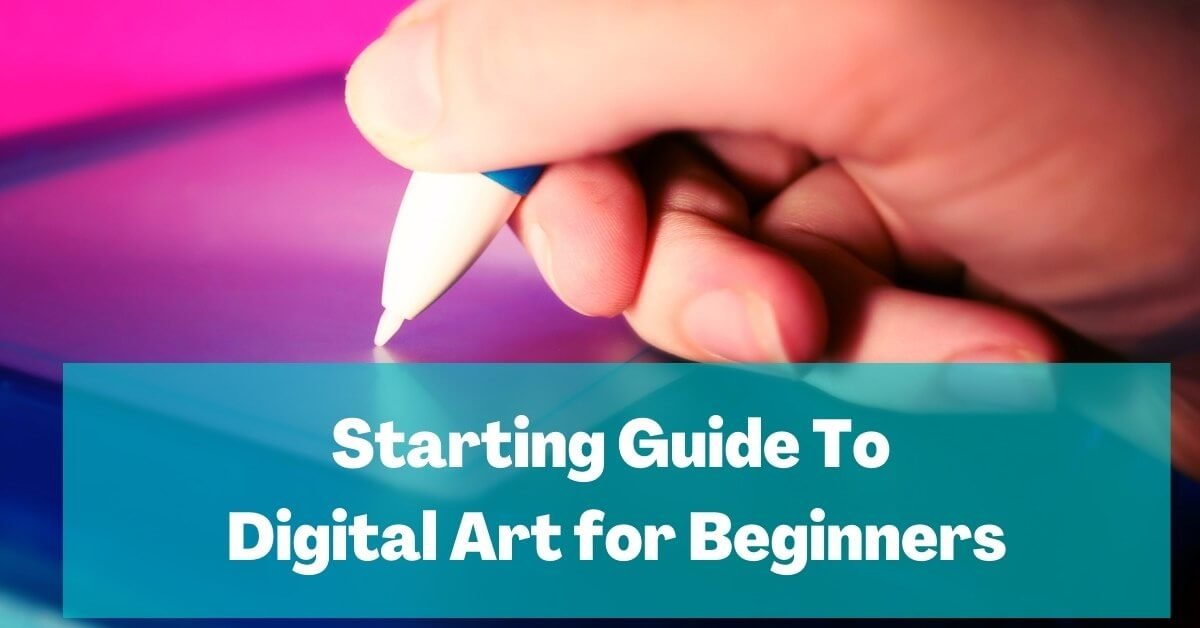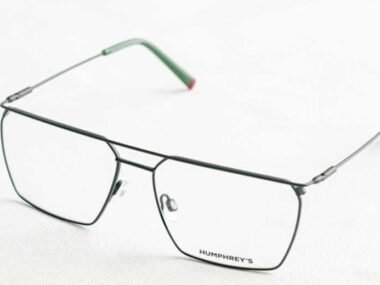 Something’s happening with crochet right now, and it’s pretty exciting. What used to make people think of their grandmothers and dusty afghans has turned into a full-on movement. People care about sustainability, they want to express themselves, and they’re being intentional about what they make. It started quietly during lockdown, but now makers everywhere are grabbing their hooks and actually thinking about where their materials come from.
Something’s happening with crochet right now, and it’s pretty exciting. What used to make people think of their grandmothers and dusty afghans has turned into a full-on movement. People care about sustainability, they want to express themselves, and they’re being intentional about what they make. It started quietly during lockdown, but now makers everywhere are grabbing their hooks and actually thinking about where their materials come from.
Here’s the thing about eco-conscious crafting: it’s not just feel-good stuff. Makers are finding out that sustainable fibers actually work better than synthetic ones a lot of the time, plus they’re better for the environment. Craft suppliers have caught on and started carrying more organic cotton, bamboo, and recycled yarns. You can find crochet sweaters and patterns that show how these sustainable materials hold up way longer than fast fashion pieces.
The Real Benefits Behind the Trend
The Craft Yarn Council did a survey in 2022, and the results were interesting. Over 40% of people said they picked up yarn because it helped their mental health. Even more impressive? 85% said crocheting actually reduced their stress. That’s a big deal. It means people aren’t just treating creative hobbies like optional extras anymore. They see them as necessary for staying balanced.
Crocheting gives you something scrolling through apps never will. Every stitch needs your attention. Your hands fall into a rhythm. Your brain gets into this almost meditative zone. The repetition mixed with figuring out patterns fires up different parts of your brain at the same time. Psychologists call it “flow state,” but you probably just know it as being “in the zone.”
The benefits go beyond just you, though. Most crocheters end up making stuff for other people. Lots of them get involved with charities too. That mix of feeling better yourself while doing something for others? That’s why younger people are getting into it. They want hobbies that actually mean something.
What Makes a Project Truly Sustainable
Buying organic yarn is a start, but sustainability goes deeper than that. You’ve got to think about the whole life of a project. Where does the fiber come from? How long will you actually use what you make? The best sustainable projects are the ones you reach for constantly, not the ones collecting dust in your closet.
Different natural fibers do different things. Wool keeps you warm when it’s cold and cool when it’s hot, which is pretty amazing. Cotton breathes well and takes dye like a champ. Bamboo feels silky and fights bacteria naturally. Yeah, they cost more upfront (you’re looking at $5 to $20 per skein usually). But they last, so you’re not constantly replacing things.
Recycled fibers are worth looking into too. They take old textiles and turn them into new yarn, which is a pretty cool way to deal with waste. The tech has gotten way better over the years. A lot of recycled yarns now work just as well as brand-new ones.
Trending Techniques for Sustainable Making
Granny squares are everywhere right now, but they’re not your grandmother’s afghans anymore. People are getting creative with hexagons, putting flowers in the centers, and using wild color combinations. What’s great about granny squares is you can make basically anything with them. Blankets, sure, but also cardigans and bags. Plus, they use up yarn really efficiently, so they’re perfect for working through your scrap stash.
Big, chunky projects are huge in 2025. Bulky yarn works up fast, which means you get that instant “I made something!” feeling. These oversized pieces really show off texture and different stitches. Speaking of texture, that’s kind of a thing now. People are playing with bobbles, cables, and raised stitches (all kinds of stuff that adds dimension without needing to change colors constantly).
More people are trying modular construction these days. Instead of making a whole sweater in one go, you make separate pieces and sew them together. It’s actually easier in a lot of ways. Fixing mistakes? Way simpler. Need to carry your project around? No problem when it’s in pieces. And you can get strategic about which yarns you use where, depending on what parts of the garment need what properties.
Starting Your Sustainable Crochet Journey
You don’t need to drop a ton of money or be some expert to start with sustainable materials. Grab one skein of organic cotton or bamboo. Just feel it in your hands. See how it acts when you work with it. A lot of people actually find natural fibers easier to use than acrylic because you can see your stitches better and the fabric drapes nicer.
Pick something that matches where you’re at skill-wise, but maybe pushes you just a little. A cotton market bag is perfect for a first sustainable project. You don’t need complicated shaping; it works up pretty fast, and you end up with something you’ll actually use. Once you’re feeling good about your skills, try garments or stuff for your home.
Here’s the key thing about sustainable crafting: be intentional. Before you start a project, ask yourself if you’re really going to use it. Is it replacing something you’d throw away anyway? Does it fill an actual need, or will it just make you happy? These questions stop you from making stuff just to make stuff.
The Community Aspect
One of the best parts about crochet? The community. Ravelry, Instagram, TikTok… they’re full of makers sharing patterns, helping each other troubleshoot, and showing off finished projects. And that online stuff works great alongside local crafting groups. You get connections happening both ways.
Crocheters love teaching other people. Almost everyone who knows how to crochet has taught at least one other person. That’s how techniques stick around and get passed down, but also how they change and adapt to what people want now.
Looking Forward
Sustainable crochet isn’t just some passing trend. It’s part of a bigger shift where people actually think about what they buy and make. More makers are choosing eco-friendly materials, and they’re finding out that sustainable and high-quality go together pretty well.
Crochet keeps changing. New fibers, new patterns, and new ways to construct things. But what makes it appealing hasn’t changed at all. There’s something satisfying about making useful, beautiful things with your own hands that you just can’t get from buying stuff.
Whether this is your first time picking up a hook or you’re coming back after years away, the sustainable approach gives you a good framework. Every project stops being just a thing you made. It becomes a reflection of what matters to you, something that helps your mental health, maybe even a gift that brings you closer to people you care about.
Will sustainable crochet keep growing? Absolutely. The better question is what are you going to make?









